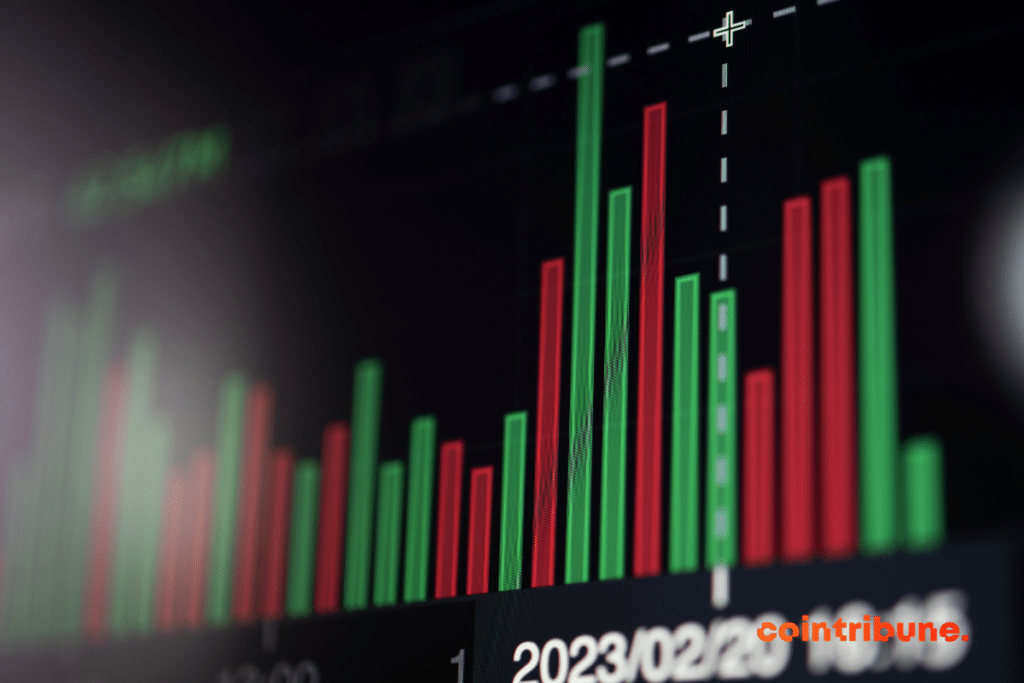Understanding Trading Analysis in Depth
Trading in financial markets is an activity that requires not only discipline but also a deep understanding of various analysis methods. Whether one is interested in stocks, forex, or other instruments, effective analysis is key to success in often unpredictable financial markets. For traders, whether novice or seasoned, grasping the subtleties of technical and fundamental analysis is essential. This article aims to demystify trading analysis, addressing its importance and objectives, detailing the different types of analysis, and offering valuable advice for beginners in this field.

Trading Analysis: Importance and Objectives
Trading analysis is a fundamental aspect for anyone venturing into the complex world of financial markets. It enables traders to understand and predict price movements, which is essential for making informed trading decisions. This analysis is particularly important in areas such as stocks, forex, and cryptocurrencies, where it helps identify market trends and formulate appropriate trading strategies. By analyzing market data, traders can better grasp price dynamics and adjust their approaches accordingly.
Trading analysis involves a thorough study of price charts, trading volumes, and economic indicators. This approach allows traders to detect market trends and understand the factors influencing price movements. Through this analysis, traders can not only anticipate future trends but also adapt their strategies according to market developments. In summary, trading analysis is a continuous process that requires regular assessment of market conditions to succeed in trading.
Types of Analysis and Their Specifics
In the world of trading, two major analysis methods stand out for their approach and utility: technical analysis and fundamental analysis. Each has its own specifics and is used by traders to assess markets and make informed trading decisions.
Technical Analysis
Technical analysis is a favored method by many traders to evaluate financial markets. It is based on the study of price charts and trading volumes, with the fundamental idea that historical price movements can provide clues to future trends. This analysis focuses on chart patterns and technical indicators to predict price movements.
The first aspect of technical analysis concerns the study of price charts. Traders use various types of charts, such as candlestick, bar, or line charts, to observe price trends over different periods. These charts help identify price patterns such as ascending, descending, or sideways channels, which are essential for anticipating future price movements.
The second crucial aspect of technical analysis is the use of technical indicators. These mathematical tools help interpret market data and generate potential trading signals. Popular indicators like the Moving Average Convergence Divergence (MACD), Relative Strength Index (RSI), and Bollinger Bands are frequently used to detect overbought or oversold conditions, as well as to track the strength and direction of market trends.
Finally, technical analysis also involves the study of chart patterns. These patterns, such as triangles, head and shoulders, or double tops and bottoms, are price patterns that repeat and can indicate the continuation or reversal of a trend. Traders use them to anticipate potential entry and exit points in the market.

Fundamental Analysis
Fundamental analysis, on the other hand, focuses on evaluating the intrinsic value of an asset. It is particularly relevant for long-term investments, such as in stocks, where understanding a company’s financial health and prospects is crucial.
The first element of fundamental analysis is evaluating a company’s financial data. This includes analyzing financial statements such as the balance sheet, income statement, and cash flow statement. Traders examine indicators like the price-to-earnings ratio, dividend yield, and revenue growth to judge a company’s financial strength and growth potential.
The second aspect concerns the analysis of market conditions and macroeconomic factors. Fundamental traders study economic indicators such as GDP, interest rates, unemployment rate, and monetary policies to understand the overall economic environment and its potential impact on financial markets. This analysis helps identify sectors and markets with growth potential or risk.
Finally, fundamental analysis also involves qualitative evaluation. This may include analyzing a company’s management, market position, reputation, and growth strategies. These qualitative factors, although less measurable, play a crucial role in assessing the long-term value of a company.
Some Tips for Beginner Traders
Entering the world of trading can be both exciting and intimidating for beginners. With a multitude of information available and constantly evolving markets, it is important to arm oneself with proven strategies to succeed in this field. Here are three essential tips for beginner traders.
Develop a Solid Understanding of Markets
Before diving into trading, it is imperative to develop a deep understanding of financial markets. This involves learning how markets work, what factors influence price movements, and how different financial instruments such as stocks, forex, and cryptocurrencies operate. Beginner traders should dedicate time to studying the basics of the stock market, economic trends, and global events that can affect markets. This fundamental knowledge is crucial for making informed trading decisions and understanding associated risks.
Master Technical and Fundamental Analysis
Once the basics are established, it is important to become familiar with the two main forms of trading analysis: technical and fundamental. Technical analysis involves studying price charts and technical indicators to predict future price movements. Beginner traders should learn to read and interpret charts, understand indicators like MACD and RSI, and identify chart patterns.
On the other hand, fundamental analysis focuses on evaluating economic and financial data to judge the intrinsic value of an asset. This includes analyzing a company’s financial statements, understanding market conditions, and considering global economic events. Mastering these analyses allows traders to develop robust trading strategies tailored to their goals.
Effectively Manage Risks
Trading carries inherent risks, and effective risk management is necessary for any trader, especially beginners. It is important to never invest more than one can afford to lose. Beginner traders should also use risk management tools such as stop-loss orders to limit potential losses.
Furthermore, it is advisable to diversify investments to reduce risks. Diversification involves not putting all eggs in one basket but rather spreading investments across different assets, sectors, or markets. Good risk management helps protect the trader’s capital and ensures a more stable and sustainable trading experience.
Conclusion
Understanding trading analysis is a must for any trader, whether beginner or experienced. Whether through technical analysis, with its charts and indicators, or fundamental analysis, which focuses on economic and financial data, these methods allow traders to make informed decisions. Additionally, adopting good practices, such as continuous learning, rigorous risk management, and a well-defined trading strategy, is important for success in financial markets. Thus, trading analysis is an indispensable tool for making informed decisions and optimizing trading opportunities.
Maximize your Cointribune experience with our "Read to Earn" program! For every article you read, earn points and access exclusive rewards. Sign up now and start earning benefits.
The Cointribune editorial team unites its voices to address topics related to cryptocurrencies, investment, the metaverse, and NFTs, while striving to answer your questions as best as possible.
The views, thoughts, and opinions expressed in this article belong solely to the author, and should not be taken as investment advice. Do your own research before taking any investment decisions.